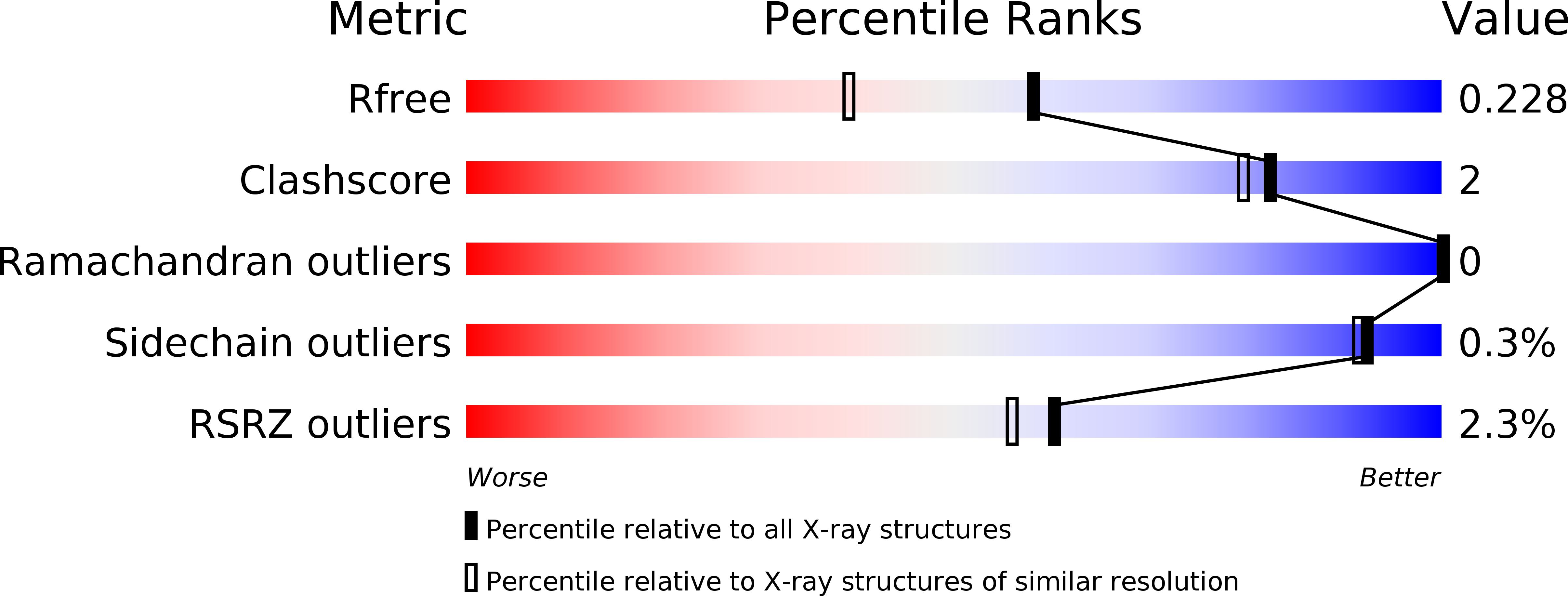
Deposition Date
2012-11-29
Release Date
2013-10-02
Last Version Date
2024-05-08
Entry Detail
PDB ID:
3ZDM
Keywords:
Title:
Crystal structure of the Sgt2 N domain and the Get5 UBL domain complex
Biological Source:
Source Organism:
SACCHAROMYCES CEREVISIAE (Taxon ID: 4932)
Host Organism:
Method Details:
Experimental Method:
Resolution:
1.80 Å
R-Value Free:
0.22
R-Value Work:
0.18
R-Value Observed:
0.18
Space Group:
C 1 2 1


